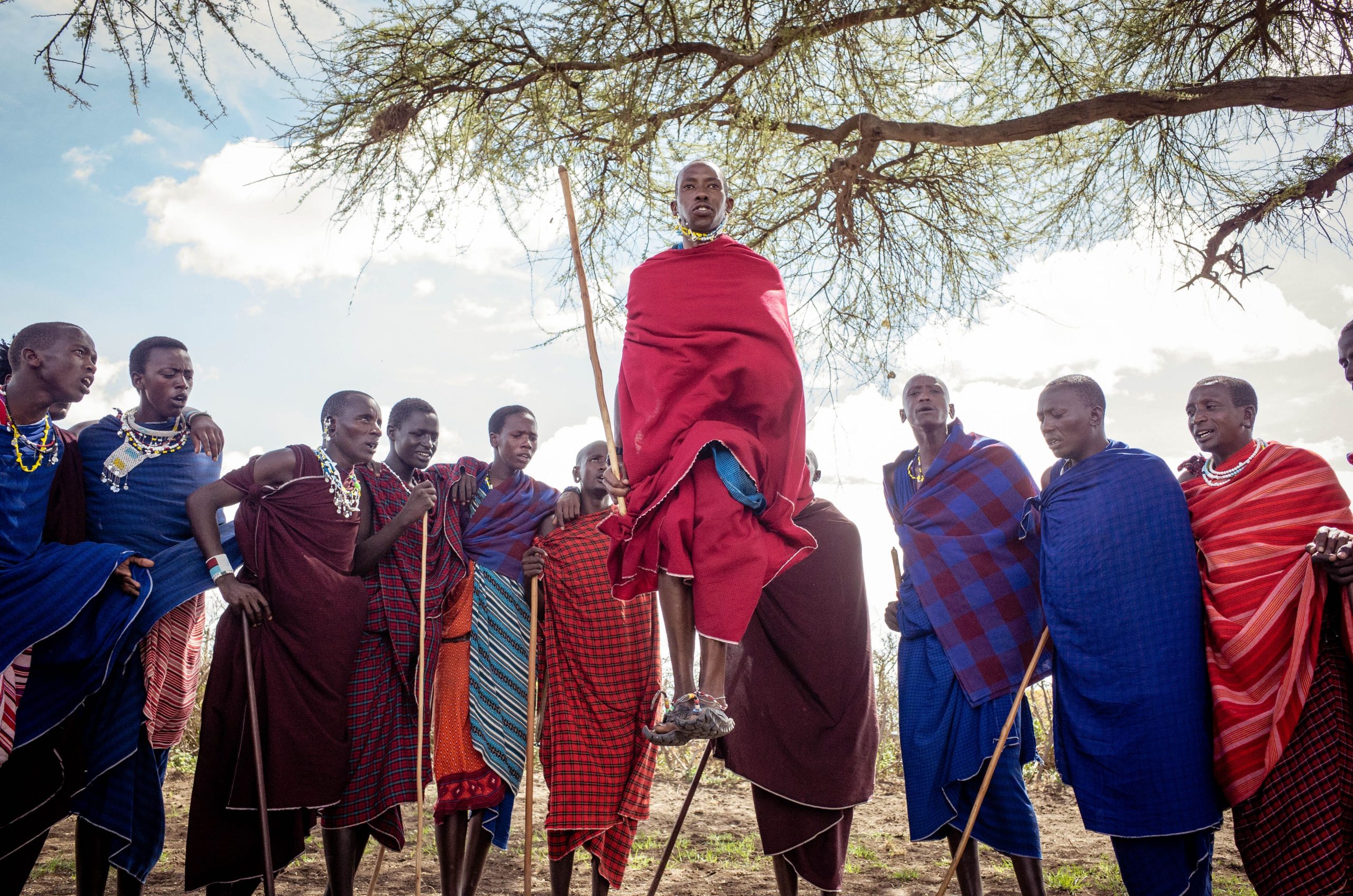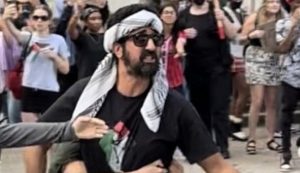The deaths of at least 14 civilians and one military personnel in Nagaland have sparked national indignation. An FIR has been filed in the case as the topic is being debated in Parliament.
The Konkyaks are a large ethnic community in Nagaland who live primarily in the Mon district, which is where the incident occurred. They have a population of around 3 lakh and dwell in Arunachal Pradesh, Assam, and Myanmar, among other places.
This ethnic group is predominantly found in Arunachal Pradesh’s Tirap, Longding, and Changlang districts, as well as Assam’s Sibsagar district.
Members of the tribe have described the incident as a system breakdown. “The incident is incredibly condemnable, regrettable, and uncalled for,” journalist Sarah Konyak told East Mojo. “It is an affront to human rights. In broad daylight, 13 innocent civilians were massacred. I’m amazed that well-trained army personnel couldn’t tell the difference between militants and civilians.”
Among the Nagas, the Konkyaks have the largest population. They are known as the Wanchos in Arunachal Pradesh. The Noctes and Tangsa of Arunachal Pradesh are ethnically, culturally, and linguistically linked to the Konyaks.
Among the Naga tribes, the Konyaks were the last to accept Christianity. They were once known for headhunting expeditions to adjacent settlements of other tribes. The heads were generally hung in the ‘Baan’ as trophies (a communal house). The number of hunted heads was a measure of a warrior’s might. Headhunting expeditions were frequently motivated by and predicated on particular ideas, such as a code of honour and the principles of loyalty and sacrifice.
The tribal members live in a fairly disciplined community, according to the obligations and responsibilities that have been allotted to each of them.
Rice is the Konyaks’ basic food, which they eat three times a day along with a meat dish, a boiled vegetable dish, and maize and millets in tiny amounts. Fermented bamboo shoots, fish (fermented/smoked/dried), fermented soybean, smoked pig, and beef are some of the Konyak’s favourite foods. Rice beer and black tea are two popular beverages. The Konyaks’ food consumption patterns changed with the agricultural seasons and climate.
While rice and millets are used all year, maize consumption is limited to the months of June through October each year. Tuber crops are consumed in both fresh and processed form throughout the year, although their consumption is highest during the lean season.
KONYAK AOLING FESTIVAL
The Aoling festival is the most important celebration in the Mon district. It represents the Konyaks’ culture. During the first week of April, the event is held. It also falls on the first day of Konak New Year. The Konyak Nagas commemorate it as a harvest celebration. The celebration commemorates the arrival of the spring season, and participants pray for a successful crop. To satisfy the Almighty, people sacrifice animals. Aoling is primarily celebrated in the Mon district, which has a bigger Konyak population.
Also Read: Hornbill Festival stopped for a day as Nagaland mourns civilian killings







